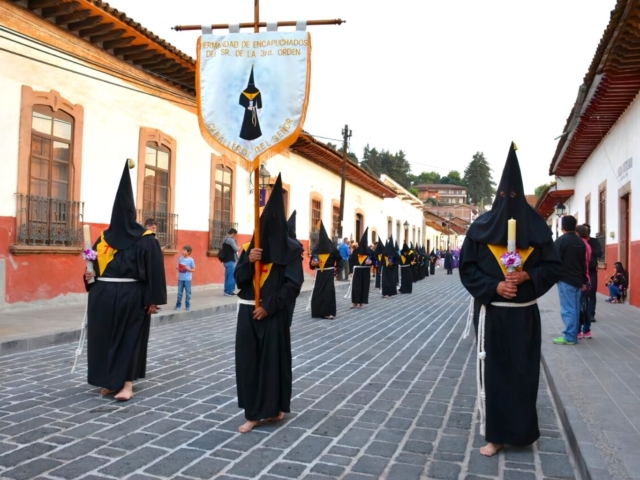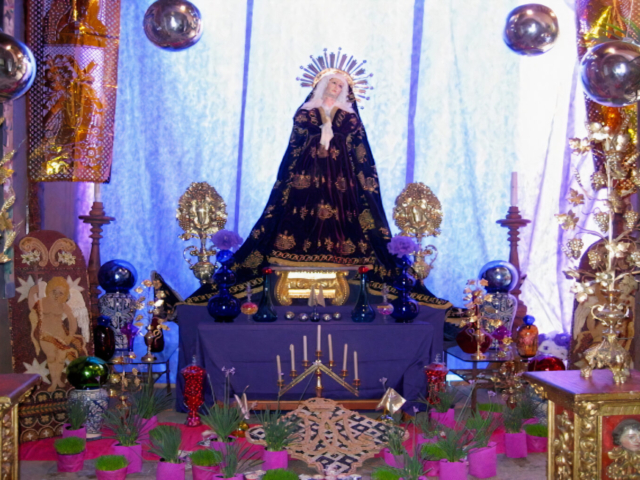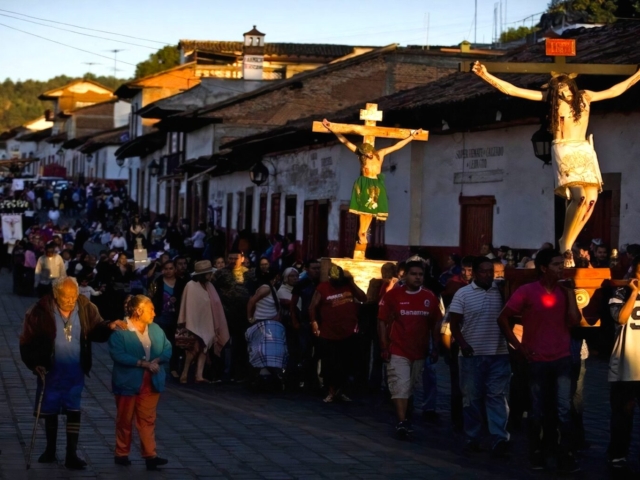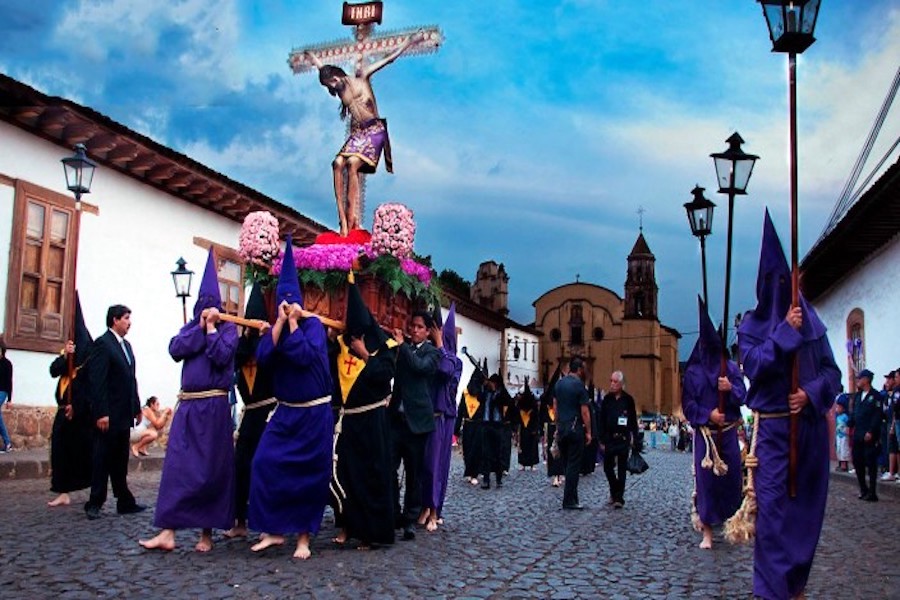
Adress
Pátzcuaro, Michoacán, México.
GPS
19.51528243413, -101.6082572937
KNOW MORE PLACES
VISITA OTRAS LOCALIDADES
Holy Week in Michoacán is not just a religious celebration; it is a journey through time that combines the fervent Catholic faith brought by the Spanish conquistadors with the deep roots of the Purépecha culture. This event, which dates back to the 16th century, has become one of the most important tourist and cultural attractions in Mexico, attracting thousands of visitors every year.
Living historical legacy
It all began with the arrival of Franciscan and Augustinian missionaries, who established the first hermitages and chapels in the region. Tzintzuntzan, the ancient capital of the Purépecha lordship, witnessed the construction of the first open chapel in America, a space designed to evangelize indigenous people through dramatizations of biblical passages. Today, this cultural fusion is reflected in the traditions that are kept alive in towns such as Pátzcuaro, Tzintzuntzan and Tlalpujahua.
Processions that move
One of the most striking moments of Holy Week in Michoacán is the Silent Processions. In Pátzcuaro, these nocturnal processions, lit by candles and accompanied by solemn chants, create an atmosphere of contemplation and mysticism. The participants, many of them hooded, walk barefoot as a sign of penitence, while the streets are filled with a respectful silence that is only broken by the sound of rattles.
In Tzintzuntzan, the tradition of penitents surprises locals and foreigners alike. Men carry original shackles from the colonial era, once used for enslavement, and perform physical sacrifices as a sign of faith and atonement. This ritual, unique in the country, is a living example of how history and spirituality are intertwined in this region.
Altars of Dolores: Art and symbolism
Another tradition that does not go unnoticed is that of the Altares de Dolores, which are installed in honor of the Virgin of Sorrows. These altars, adorned with flowers, fruits, sprouted wheat and candles, are an explosion of color and symbolism. In Pátzcuaro, the portals of the municipal presidency and several private homes are decorated with these altars, which represent the seven sorrows of the Virgin Mary and are an example of Michoacan popular art.
Gastronomy and crafts: A feast for the senses
Holy Week in Michoacán is not only a spiritual experience, but also a delight for the senses. Markets and streets are filled with the aromas of Tarascan soup, corundas, and tamales, typical dishes of the season. In addition, visitors can purchase unique handicrafts, such as pieces of sugarcane paste, a pre-Hispanic technique that local artisans have preserved for centuries.
An unmissable destination
For visitors, Michoacán offers an unforgettable experience during Holy Week. Pátzcuaro, with its lake and magical atmosphere, is the epicenter of the celebrations. Tzintzuntzan, with its ancestral rituals, and Tlalpujahua, with its procession of Christs, complete a mosaic of traditions that have no equal in the country.
Holy Week in Michoacán is much more than a religious celebration; it is a window into history, a display of cultural wealth and an experience that leaves a mark on those who experience it. If you are looking for an authentic experience, full of color, solemnity and hospitality, Michoacán awaits you with open arms.
To find out more:
